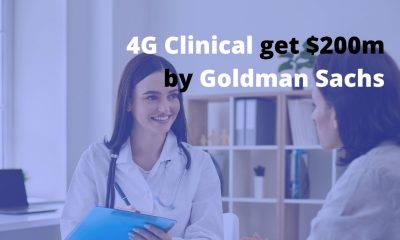App Development
Guide to Build HIPAA-compliant Software – Medical App Development
Statista and Global Market Insights predict that by 2021 the mHealth market will reach 100 billion dollars, which is a five-fold increase compared to 2019. The range of areas in the healthcare industry that need digitalization is broad and new solutions are needed.
During the COVID-19 pandemic in 2020, healthcare companies that employed medical app developers to adapt to a new reality have prospered.
The Challenges You Can Resolve with Medical App
This type of apps provides solutions that help to reduce costs, time, and a number of medical errors while providing enhanced services, removing bureaucracy, and so on.
The benefits of medical apps are as follows:
1. Assistance with medical insurance
Apps like Epocrates check if a patient’s insurance plan covers the provided services and prescribed medications.
2. Documentation storage
3. Improvement of workflow
Any app in the mHealth domain intends to improve a workflow; currently, the best example is Medscape.
4. Simplified billing workflow
5. Exchange of experience and knowledge
6. Medication tracking
An essential part of the recovery progress is timely medication intake. Medical health apps, like the MLSDev product Healixir, helps patients take the homeopathic product used for surgical recovery.
7. Better decision-making and support
MLSDev helped to implement the Idana software to improve the process of communication between patients and doctors.
8. Communication and care coordination
For example, a product by MLSDev, the Doctorate that allows patients to rate and review their experience with physicians. Based on patient feedback, the app builds recommendations for helping patients choose the right doctor.
Types and Examples of Medical Apps for Patients&Doctors
- Treatment monitoring apps
Examples: Cerner Physician Express II, Cerner Millennium, Epic Haiku
- Patient engagement apps
Examples: AdviceCoach, Practice Fusion
- Telemedicine apps (telehealth apps)
Examples: KRY, Ada, Doctor On Demand, MyDoctor, Telemedicine IntelliCare
- Medication management and e-prescription apps
Examples: iPrescribe
- Medical reference apps
Examples: Medscape, Epocrates, Visual DX
- Electronic healthcare record (EHR) apps
Examples: eClinicalWorks, Allscripts, PrognoCIS EHR
- Chronic disease management apps
Example: Medisafe, Fooducate, Pain Diary, My Medical Info
- Professional networking apps
Example: Daily Rounds, Figure 1, Doximity
- Patient healthcare tracking apps
Example: VitalHub, Chart
- Medical appointment booking apps
Examples: Zocdoc, Doc Aid
- Medical calculator apps
Example: MDCalc, Calculate by QxMD, Easy Drug Dose Calculator, Nursing Calculator
- Educational apps
Examples:QxMD Read, Docphin, Case
- Mental health apps
Examples: Moodfit, Modmission, Talkspace, Sanvello, Headspace, Happily
- Wellness apps
Examples: 8Fit, Samsung Health, Wellness, BetterMe, Google Fit
Based on the set of features, your app can belong to one or several categories. Based on CB Insights research, clinical intelligence and enablement is a top area with tools that help to make clinical decisions to deliver care more effectively and efficiently.
Features for Custom Medical Apps
- Video conferencing feature
- Speech recognition (SR)
For the technical implementation of these features, refer to:
- Web Speech Specification API — text-to-speech functionality
- Web Speech API — voice recognition
- Google Cloud Speech API — transcription
- HPE Haven OnDemand Speech Recognition API — speech-to-text functionality
- Patient and doctor profiles
- Search functionality
- Listing functionality
- Offline access
- Booking feature
- E-prescription feature
- Activity feed
- Health dashboard
The Samsung Health app provides a great example of a user-friendly mHealth dashboard.
- Progress tracking and sharing feature
- Medical records and calculation feature
- Symptom checker
- Messaging functionality
- Custom notifications and reminders
- Wearable connection
- Cloud integration
- Payment processing
- CRM, Analytics, & Reporting
When building an analytics and reporting feature, it is necessary to note what sorts of reports will be used.
The described features may be used within different categories of apps.
How to Create a Medical App: Step-by-Step Process
So, how does one develop a medical app?
Let’s review each of these steps more closely.
1. Learning the needs of your target audience
The methodology to work with the target audience is simple and consists of three actions:
- Divide them into groups and define your customer profile
- Collect their thoughts, needs, problems, and similar data (through polls, questionnaires, and interviews)
- Identify your early adopters (potential customers)
2. Document Your Medical App Requirements
After going through the steps above, you should have the following takeaways:
- Concept for medical app project
- Defined customer portrait
- List of expectations and requests from your target audience
- Competitor and market research
3. Compose Your Unique Value Proposition
For example:
- Zocdoc: Find the right doctor right now with Zocdoc
- Medscape: Your one-stop resource for medical news, clinical reference, and education
- iPrescribe: Prescribing made painless
- Practice Fusion: Meet the EHR that helps independent practices thrive
Your UVP should answer 3 questions: “What?,” “Who?,” and “How?”
For example: (What?) iPrescribe app — helps (Who?) doctors write prescriptions — (How?) by automating procedures.
Here is the table that provides VP examples for different category of users.
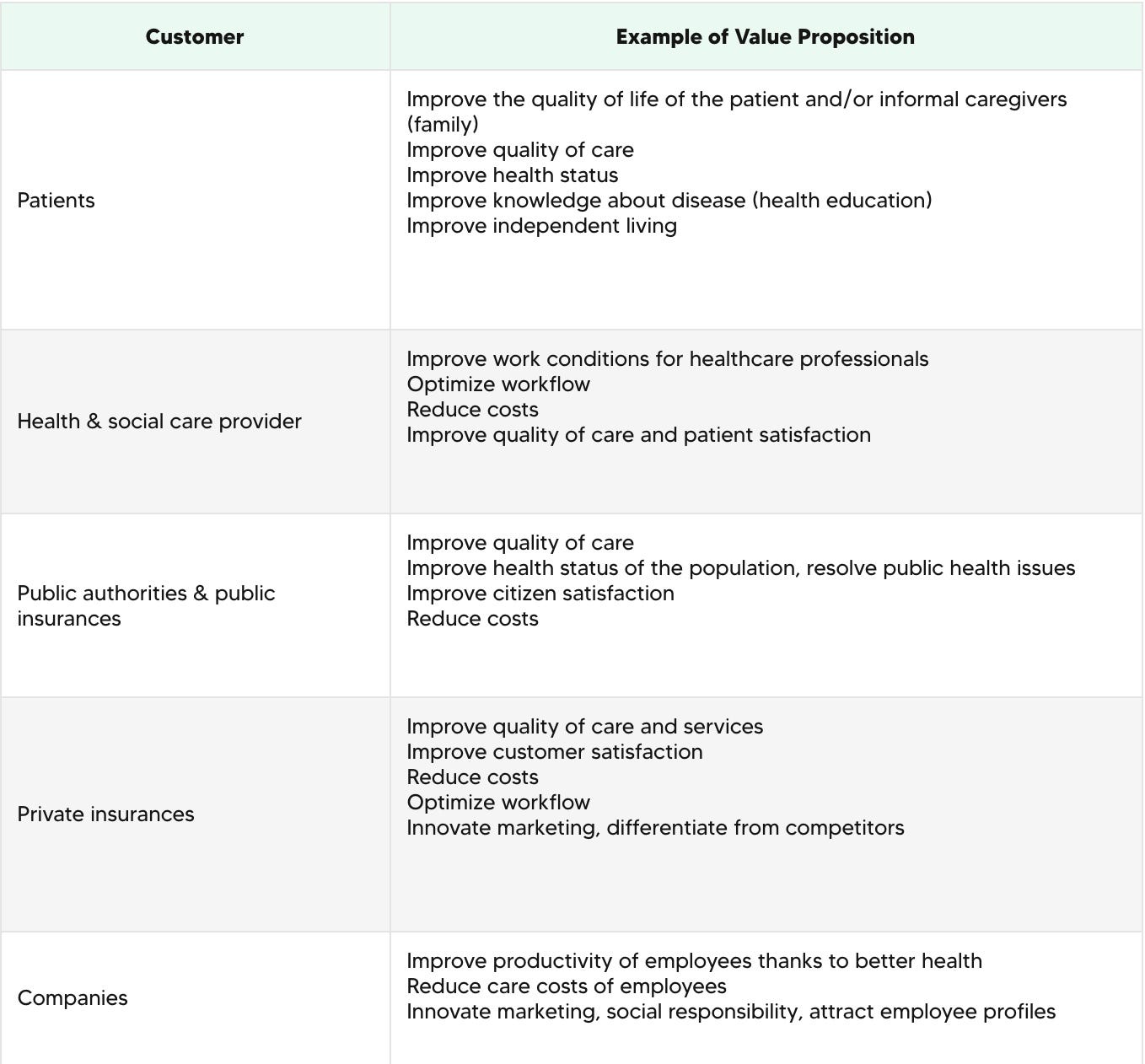
4. Test your app’s assumptions
Based on the collected critical points from respondents, it is necessary to finalize your idea and adjust the medical app’s functionality.
5. Create a medical app sketch
Tip: You may use tools like Figma, Proto.io, Marvel, Balsamiq, and UXPin to create an initial medical app sketch.
6. Find Professional Medical App Developers
There are a plethora of outsourcing destinations in the world. The most reliable in terms of quality and pricing — and that is Eastern Europe.
The prices for software development in Eastern Europe, mainly in Ukraine, are considerably lower than those in Western Europe and the USA. The average rates in EE for software development range from $30 to $40 per hour.
Check out the diagram below for a visual presentation of how to outsource app development.
7. Build a Solid Medical App
The process starts with the initial discussion of your business idea and ends up with our ongoing support and maintenance of the completed product.
Discovery Stage
Here’s a brief breakdown of the Discovery stage deliverables:
- Business analysis (functional specifications, product backlog)
- Design (UX/UI design)
- Project architecture (architecture vision)
- Market & Competitor analysis (on-demand)
Development Stage
During the Development stage, our medical app developers bring your idea for a medical app to life. During this stage, we develop the back- and front-end functionality and test your product.

Many teams end collaboration with a client at this stage, but we offer ongoing support and product development in response to the ongoing, changing needs of the market.
8. Launch Your Service Correctly
The best way to introduce the app to the market is to start with the early adopters. This tactic has a huge benefit, since this segment of your audience already has expectations about your app and will be generous with feedback.
9. Market Your Medical App
Here are a couple of ways to do it:
- Use social media marketing to announce the app
- Use paid ads (on Facebook, Google)
- Content marketing
- Build a referral network (let other resources, like bloggers, talk up your app)
- Finally, ask your first clients for referrals
The whole process can be finalized in a product strategy presented in the form of a Business Model Canvas and the forces influencing its creation.
Usage of Emerging Technologies
The following emerging technologies find their appliance in a range of fields, including medical apps.
- AI & ML integration
Integration with AI and ML solutions boosts the domain of digital diagnosing.
For example, during the COVID-19 pandemic, an AI-powered British health app Babylon helped to diagnose a high risk of infection in 15,000 users, out of the 31,000 that tried it, before they actually visited a hospital.
- Blockchain integration
The use of blockchain technology is a response to the elevated demand in highly secure solutions, as the amount of sensitive data to be stored grows exponentially.
- VR-based functionality
VR-based solutions have various applications in medicine. From a better way to visualize an issue in medical studies, to use for its therapeutic effect, doctors have no plans to stop experimenting with VR.
- IoT
Integration with connected devices expands the reach of mHealth solutions.
Robotic cameras help with remote examinations, and fitness trackers allow users to monitor essential health indicators 24/7.
Crucial Aspects of Any Medical App
The crucial aspects of medical apps involve compliance with privacy regulations, interoperability standards, and encryption.
1. Compliance with regulations
HIPAA regulations set the standards for managing sensitive data and when it comes to medical application development for the US market.
Aside from regional regulations, there are international standards:
- IEC 62304
- The ISO/IEC 27000
- SOC Type 2
2. Improving interoperability
To maintain the interoperability of medical services, the US Office of the National Coordinator for Health Information Technology has created a nationwide interoperability roadmap.
3. Data protection and encryption
Sensitive medical information should be protected from malicious attacks. It is possible to achieve this protection through data encryption and the use of safe protocols like HTTPS and TLS/SSL.
Cost of Medical Apps
The following table will help to make a preliminary calculation of the medical app cost – $60 000~$230 000:
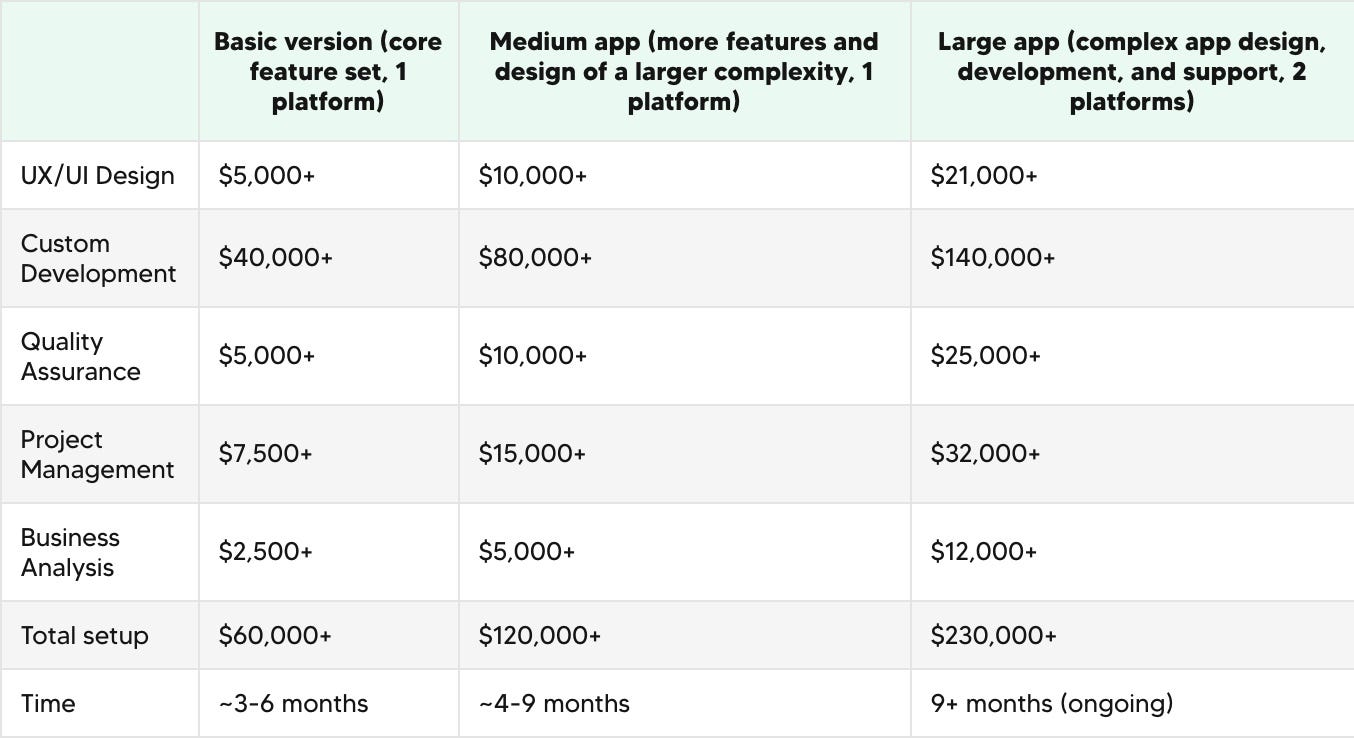
Note: the prices are based on the average hourly rate of medical software developers in Ukraine, which is USD 40/hour.
-

 Marketing Tips8 hours ago
Marketing Tips8 hours agoWhat is my Instagram URL? How to Find & Copy Address [Guide on Desktop or Mobile]
-
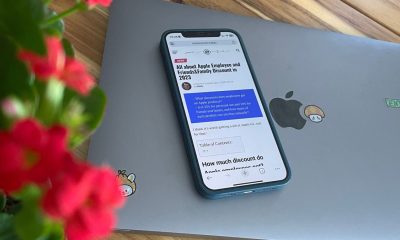
 Business Imprint2 days ago
Business Imprint2 days agoAbout Apple Employee and Friends&Family Discount in 2024
-

 App Development1 day ago
App Development1 day agoHow to Unlist your Phone Number from GetContact
-

 News3 days ago
News3 days agoOpen-Source GPT-3/4 LLM Alternatives to Try in 2024
-

 Crawling and Scraping3 days ago
Crawling and Scraping3 days agoComparison of Open Source Web Crawlers for Data Mining and Web Scraping: Pros&Cons
-
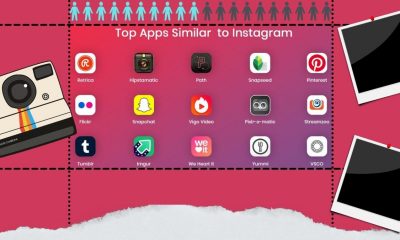
 Grow Your Business8 hours ago
Grow Your Business8 hours agoBest Instagram-like Apps and their Features
-

 Grow Your Business3 days ago
Grow Your Business3 days agoHow to Become a Prompt Engineer in 2024
-
Marketing Tips8 hours ago
B2B Instagram Statistics in 2024






